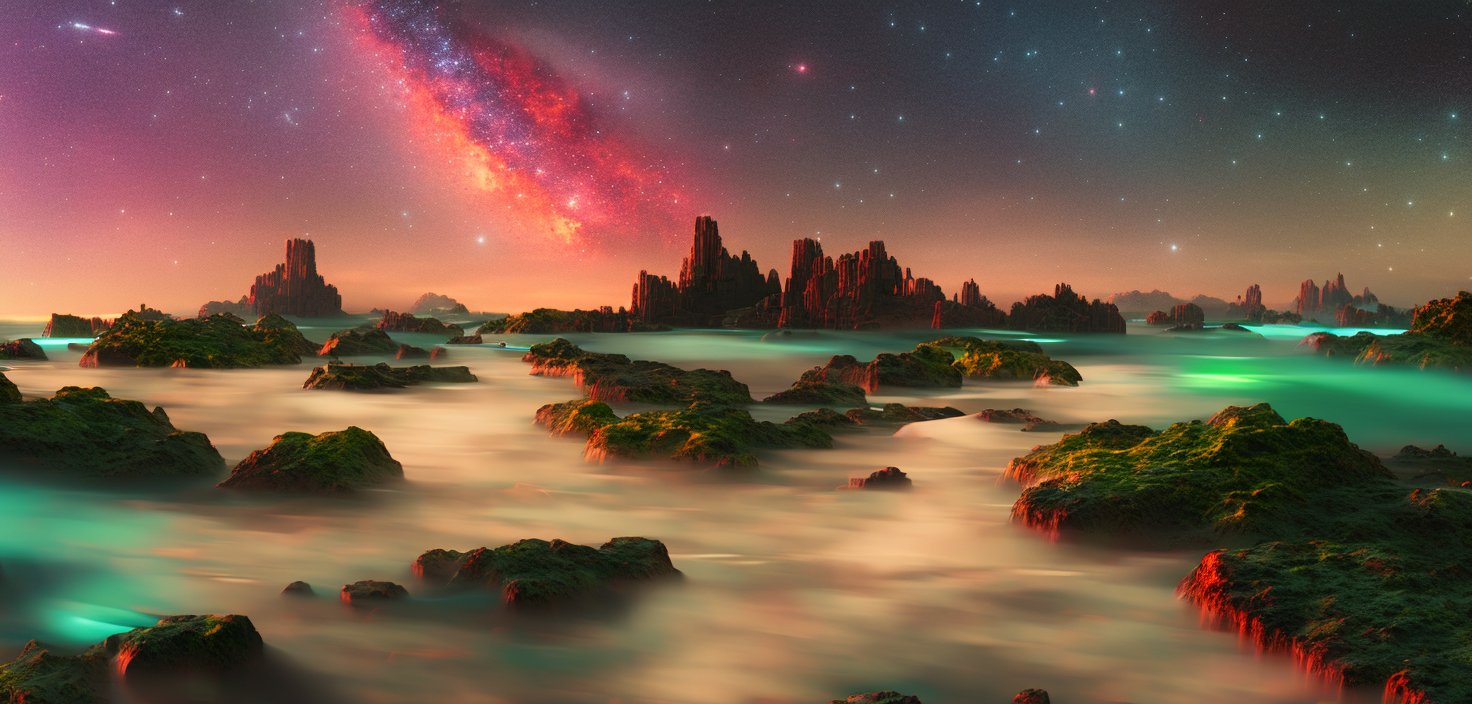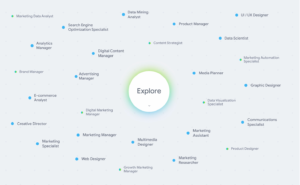Introduction
AI Art is the newest internet craze and for good reason. Imagine being able to create fully-fleshed art by just entering a few words. It’s unbelievable.
AI Art Generators employ Stable Diffusion, a latent text-to-image diffusion model capable of producing art through simple text prompts by analyzing pre-existing art and assigning specific descriptors to the art.
In this article, we will explore what Dream Studio is, what you can use it for, how to use it, its models of use, and alternatives. Let’s start!
Dream Studio AI: What Exactly Is It?
Put, Dream Studio is a powerful text-to-image tool that generates pretty much any sort of art you want in mere seconds with only a few words.
While Dream Studio, previously known as Stable Diffusion, used to function via their free discord extension, they soon shut it down in exchange for Dream Studio. This web application offers more features, higher quality, and a seamless interface at a much cheaper price than its main competitor, Dall-E2.
With fewer filters than the other, it functions as a good starting point for beginners while having different options to play around with if you’re someone more experienced.
Moreover, if you’re looking to get into proper art generation, Dream Studio has an entire page dedicated to teaching the art of good prompts.
What Can You Use Dream Studio For?
This art generator can be used for any art you need. From commercial purposes to entertainment to generating logos for businesses, there is no limit to the kind of art it generates or what you can use it for.
How Do You Use Dream Studio?
To start, sign up for the site to get free credits that you can then use for generation.
Then, enter your prompt:
You can then choose to enter a negative prompt, which is what you want to avoid during generation, upload images for a reference point, your chosen art style, choose the size of the photo, and choose the amount of images you want:
Once that’s done, if you’re more experienced, you can also play around with the advanced settings, which include the prompt strength (how closely the final result matches the prompt), generation steps (how many times art is sampled in generation), seed (the initial noise), and the model (stable diffusion versions, or SDXL beta):
The complexity of the prompt will decide how many credits each generation takes. On signing up, each user receives 200 free credits. After that, users have to pay.
Once you’re done with setting up, click Dream to generate:
And voila! You can now download, share, or store your generation:
There is also an edit mode that we haven’t discussed here since it’s a bit more advanced. This is the essential guide that demonstrates how simple the entire process is!
Is Dream Studio Free?
The AI functions on a pay-as-you-go model where you can keep buying credits as you run out of them. With $10 allowing you to get 1000 credits (approximately enabling you to generate 5000 images), it’s pretty easy on the pocket.
However, as we discussed earlier, the number of credits each generation takes depends on the steps and resolution for each image. A more comprehensive guide is attached here:
Alternatives
Considering how common text-to-image generators have become, plenty of alternatives are available, such as Dall-E2, Insense, Playground AI, and Craiyon.




